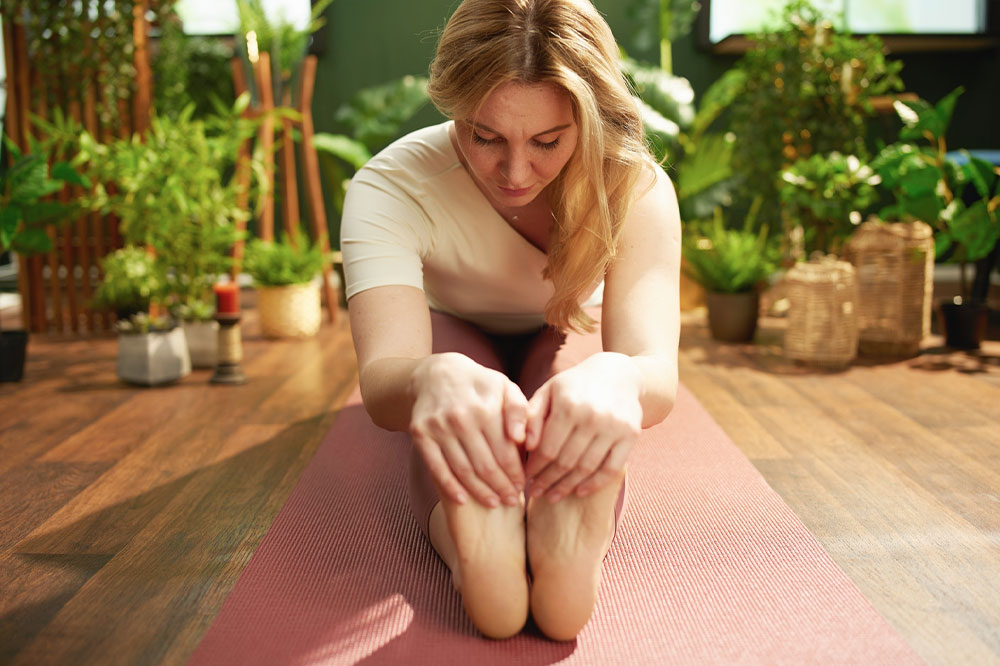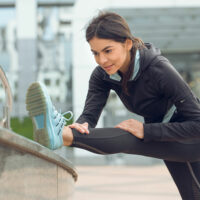7 incredible ways exercise facilitates healthier skin

Healthy skin reflects a thriving body and a healthy immune system. While skincare routines and beauty treatments are essential to maintain skin moisture and remedy skin conditions, exercising one’s way to glowing skin is a relatively new but highly effective route. Today, exercise is recommended for tighter and better-textured skin and to prevent skin diseases. This article provides insight into the different ways in which exercise can contribute to healthy skin:
Reverses aging signs
A research study demonstrated that individuals aged 65 years and above who maintained basic moderate-intensity aerobics workout routines had skin resembling that of 20-40-year-old individuals. Moreover, recent research suggests that even half an hour of aerobics each day can reverse and prevent signs of aging.
Removes toxins from the skin
Exercise improves blood flow in the body, which results in more efficient toxin removal from the skin and, consequently, more glowing skin. It also implies that the skin cells are replenished with essential nutrients, resulting in glowing skin and the prevention of skin diseases.
Reduces risk for chronic skin problems
Exercise releases endorphins or “feel-good” hormones, which considerably reduce stress. Low-stress levels result in bountiful skin health and prevent several skin conditions, such as eczema, psoriasis, and acne.
Increases collagen production
Collagen is an essential component for increased skin elasticity and better hydration. It also helps prevent signs of aging, such as wrinkles. Studies have shown that regular exercise can help produce more collagen in the body.
Facilitates better oxygen flow to the skin
Oxygen plays an indispensable role in increasing the skin’s elasticity and removing impurities from the skin. It can also heal any bruises and destroy certain types of harmful bacteria. Exercise helps increase oxygen flow to the skin and maintain good skin texture.
Facilitation of enhanced mitochondrial functioning
Mitochondria, present in each cell, is responsible for developing a chemical known as ATP, which enables the cells to carry out essential functions. ATP is integral in repairing skin damage and replenishing the skin with vital components, such as hyaluronic acid and collagen. An increase in age is often associated with lesser ATP production and the onset of age-related skin problems like wrinkled skin. Studies have demonstrated that exercise can help increase ATP production, which, in turn, can reduce skin ailments.
Better skin due to enhanced sleep quality
A healthy sleep cycle is associated with decreased insomnia and better sleep quality. Moreover, it gives the body sufficient time for skin repair and replenishment with nutrients like collagen. Exercise can reduce sleep onset, i.e., the time taken to fall asleep, and enhance one’s sleep quality, contributing to healthier skin. For example, a study published in the journal Clinical and Experimental Dermatology revealed that individuals who received 7-9 hours of sleep every night had better-moisturized skin and more resilience to UV rays.





